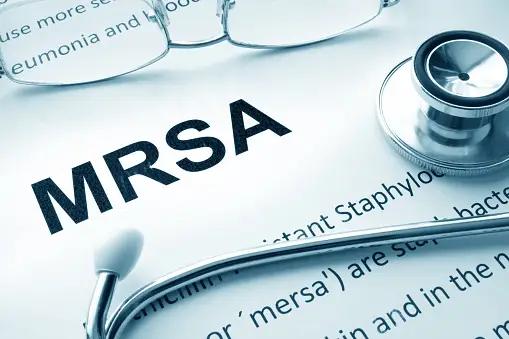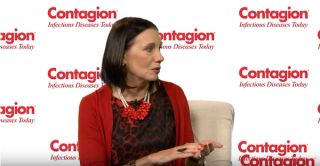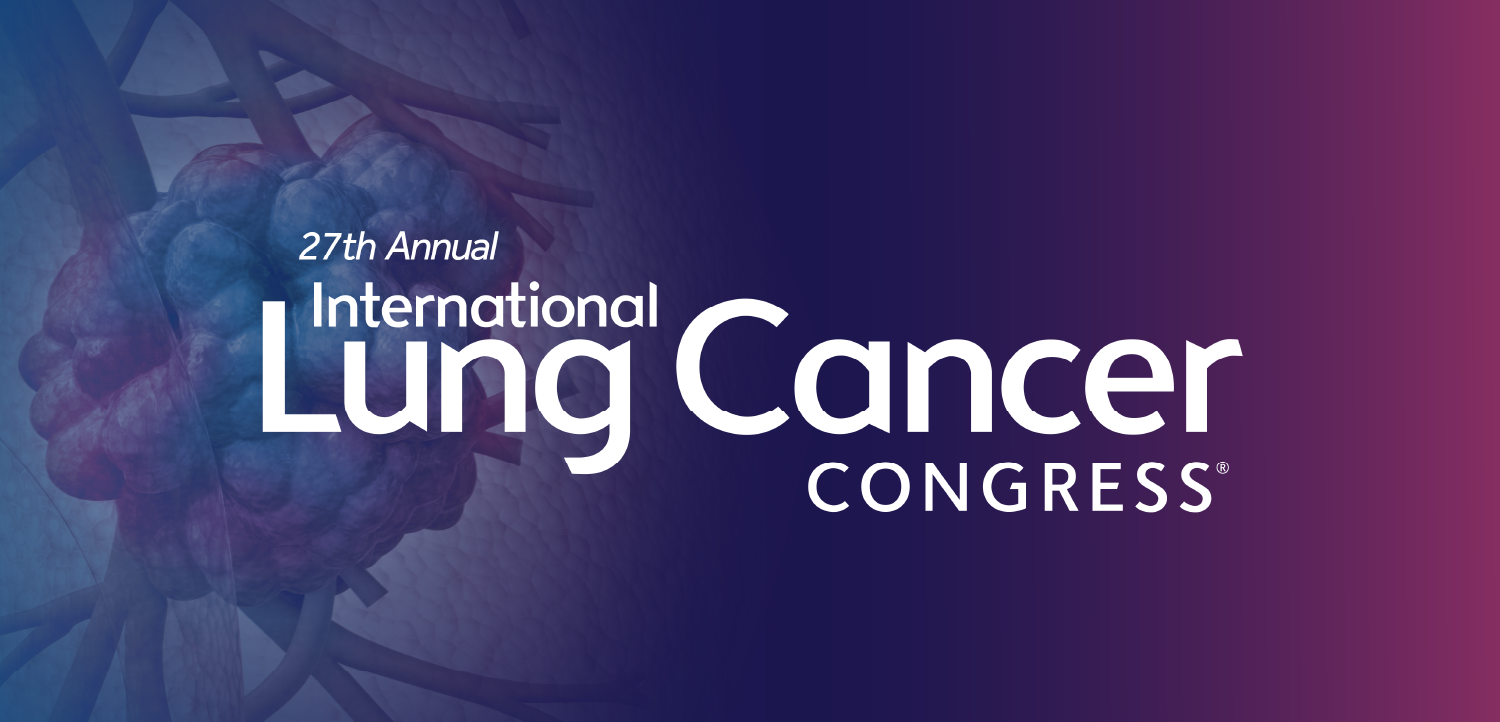
MRSA
Latest News
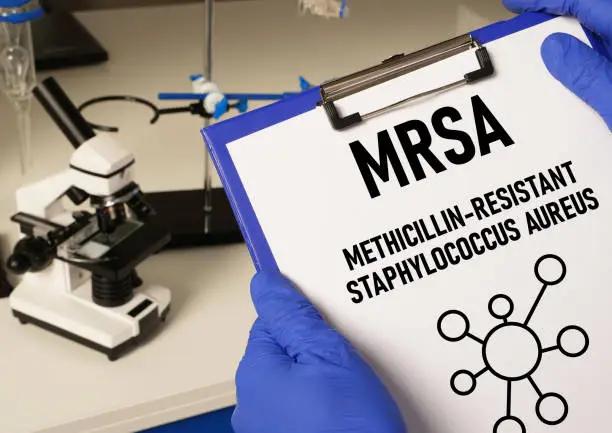
Shifting Patterns of Staphylococcus aureus Infections in Pediatric Patients
Video Series

Latest Videos
More News
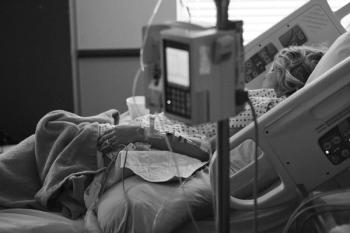
Rates of in-hospital mortality and days with bacteremia were similar between the two study cohorts.
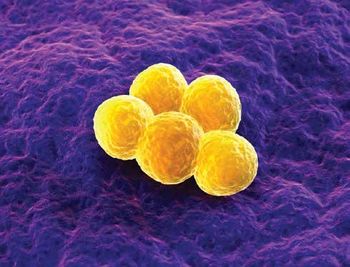
The antibacterial is efficacious in a majority of patients in a small study.

The MRSA infection investigation was halted by the data and safety monitoring board due to concerns over acute kidney injury.

Therapy options have increased in recent decades, yet there is a lack of guidance.
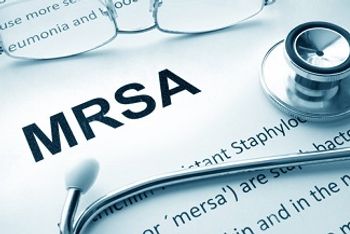
Earlier initiation of DAP-CPT combination therapy may be beneficial, despite a tendency to use the therapy after initial treatment failure.
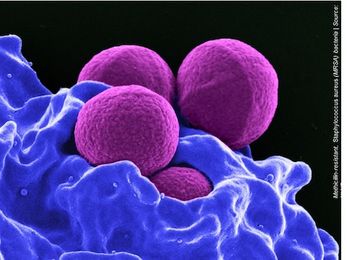
A new study published in the Journal of Clinical Investigation may offer some insight on why past efforts to develop a vaccine for S aureus have failed.

How many nursing homes have these microbes?

This article evaluates the point in microbiological workup at which results of respiratory secretion and blood cultures could be interpreted as excluding MRSA and, thus, no longer warrant the empirical vancomycin therapy.

The test is a new diagnostic tool that uses bacterial viability and a novel technology to detect bacterial colonization of Methicillin-resistant Staphylococcus aureus.
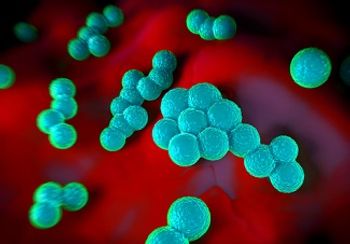
Common interventions such as frequent hand washing can help stop the spread of methicillin-resistant Staphylococcus aureus, according to a new study that identified household environments as a reservoir for the bacteria.
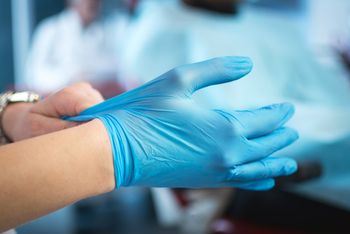
Although use of gowns and gloves in targeted settings may still be helpful in preventing health care-associated infections, contact precaution policies in VA long-term care facilities had no impact on MRSA acquisition.

Can UV disinfecting lights tackle health care-associated infections?

Removing isolation for endemic patients could make a big difference.

Daptomycin plus β-lactam therapy was associated with reduced composite definition for clinical failure but, worryingly, was also linked to increased risk of acute kidney injury.

Investigators exposed 6 genetically distinct, clinically relevant methicillin-resistant S aureus isolates to cigarette smoke to analyze how this contact altered specific virulence phenotypes.

Although conducting whole genomic sequencing creates an upfront cost in screening patients for MRSA, a new study finds that it’s a cost-effective way to prevent new infections and related deaths.
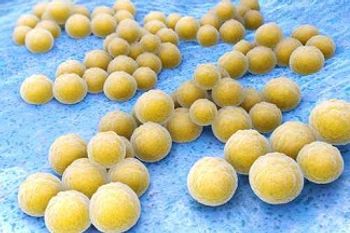
This In the Literature piece details a study evaluating MRSA nasal screening’s effect on antimicrobial stewardship.

Australian investigators conducted an assessment to determine if cannabidiol was effective at killing a range of gram-positive bacteria.

The research team used single site testing for 1442 (32%) patients with 54 positive (4%) results. Multiple site testing was performed on 3037 (68%) patients and 255 (8%) were positive from at least 1 site tested.
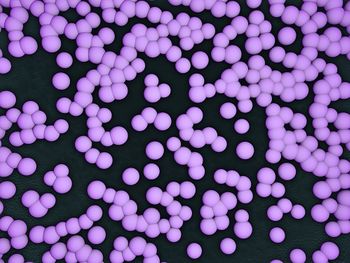
De-escalation to monotherapy upon bacteremia resolution did not result in unfavorable outcome differences compared with those who continued combination therapy.

This In the Literature piece explores if we can mitigate some of the adverse reactions that are being seen in obese patients who receive vancomycin through AUC-dosing.

The aggregated average HAI rates before and after discontinuing contact precautions were 0.14 and 0.15 MRSA HAI/1000 patient days, 0.06 and 0.04 VRE HAI/1000 patient days, and 0.04 and 0.03 MRSA LabID events/100 admissions.

A new study showed no statistically significant reduction in clinical cultures between chlorhexidine bathing and routine care.

Delafloxacin was comparable to vancomycin/aztreonam in eliminating MRSA at 98.1% versus 98.0%, respectively, at follow-up in 2 pooled phase 3 studies.

A new study of cockroaches collected from an Iranian hospitals sheds light on how these insects can carry and spread resistant microbes.



